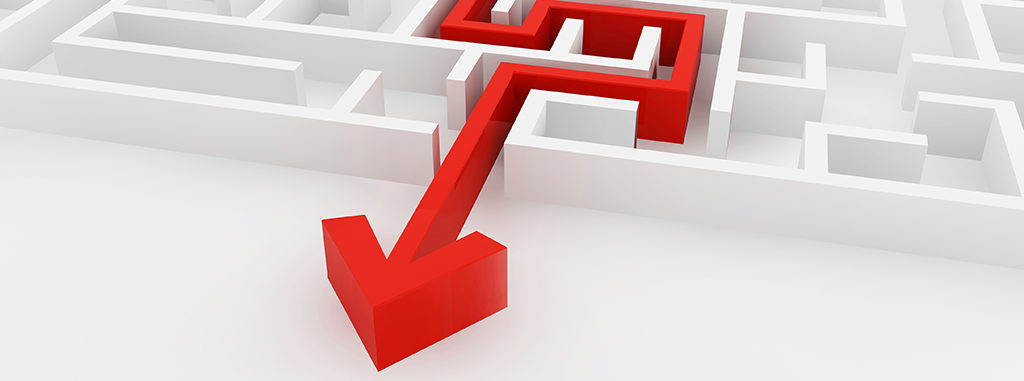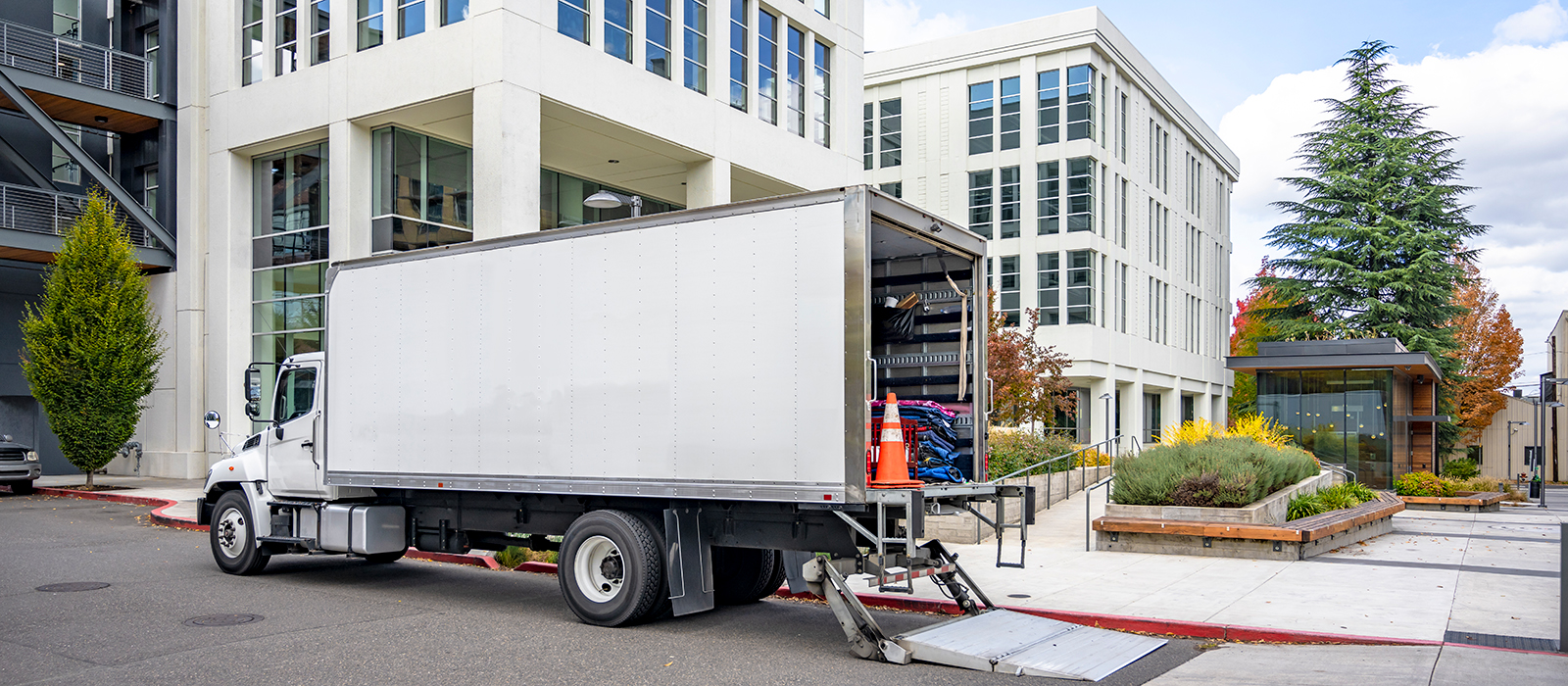Why Tier II Compliance is Crucial for Community Safety — And How to Simplify the Filing Process

As a facilities manager, you already know the importance of maintaining compliance with EPA regulations. However, with so many regulations to keep track of — and with reporting requirements changing constantly — maintaining compliance across the board can be a bigger challenge than many facilities are prepared to meet. Even worse, you might not even know exactly which reporting requirements your facility needs to follow.
Tier II reports required under the Emergency Planning and Community Right-to-Know Act (EPCRA) are particularly complex to navigate and time consuming to prepare correctly. Tier II reports provide critical information to emergency responders by identifying the nature and amount of hazardous chemicals your facility uses or stores onsite. Many industries must comply with this reporting requirement, including colleges and universities, healthcare, life sciences and commercial spaces. While this requirement may be on the radar for healthcare and research settings because of the nature of their work, commercial facilities may mistakenly think it doesn’t apply to them because they don’t use any materials that are “that hazardous” or “use that much”. However, there are some seemingly benign materials that facilities may overlook that can trigger the requirement. For example, batteries contain sulfuric acid and can trip the threshold at relatively small quantities.
Whether you are a building owner, property management company or tenant, you should confirm who is responsible for submission of Tier II reports and verify their submission. If Tier II reports are required for your facility and are not submitted, regulatory agencies may hold all parties accountable, regardless of the terms of the lease.
Facility managers should be aware that noncompliance could result in costly fines or make them a target for an audit. By submitting Tier II reports, you’re not only being compliant and avoiding fines, you are also participating in an important framework to maintain a safe environment for your staff and community.
With the deadline for reporting fast approaching on March 1st, we’re here to answer some of your biggest questions:
- What, exactly, is Tier II compliance?
- Who does it apply to?
- Why is it so important?
- Why is compliance such a challenge for some facilities?
And, perhaps most importantly:
- Is there a way to make the filing process less daunting?
At the most basic level, you need to know two very important aspects of Tier II:
- Yes, it likely applies to your facility (even if you don’t think it does!)
- Tier II is designed to keep your team, your community and first responders safe. Simply put, proper, accurate reporting can save lives.
With those two details out of the way, let’s jump right in to the nitty gritty details.
What is Tier II Compliance?
Tier II is an EPA reporting requirement under the Emergency Planning and Community Right-to-Know Act. It was created with the purpose of documenting hazardous chemical information so that information would be accessible to first responders and emergency personnel when responding to an incident, as well as provide useful information after disasters.
However, while the Emergency Planning and Community Right-to-Know Act dates back to 1986, in recent years, it has become much easier for regulators to track and enforce compliance. This is due in large part to the changes in information availability. Now that records are electronic and reporting agencies are more likely to share information, compliance is much easier to track — which means failure to report or comply is also easier to determine.
If you’re thinking Tier II doesn’t apply to your facility because it doesn’t store large quantities of hazardous chemicals, think again.
What Types of Facilities Need to Report?
Many facilities are surprised to learn just how many hazardous chemicals they may actually be housing within their grounds. In fact, even every day products can be considered hazardous and may be reportable in large quantities.
First, let’s start with the basic threshold requirements. Facilities that meet either of the following thresholds need to report for Tier II:
- Having 10,000 pounds of any substance for which a safety data sheet (SDS) is required
- Having 500 pounds or the Threshold Planning Quantity (TPQ) of any Extremely Hazardous Substance (EHS), whichever is less.
Before you breathe a sigh of relief and check the need to maintain Tier II compliance off your metaphorical to-do list, take a moment to consider these questions:
- Does your facility utilize machinery that requires large batteries?
- Do you store significant quantities of ice melt?
- Were steel beams used in the construction of your facility in the past year?
- Is your facility on a campus or in a rural location where sand is used to treat the roads and sidewalks?
All of these seemingly harmless items actually have hazardous characteristics and could pose dangers during an emergency. For instance, steel is considered hazardous because particles become airborne when cut or welded, which presents a health hazard. Sand contains silica, which is considered a carcinogen. As mentioned earlier batteries contain sulfuric acid and even in small quantities may trip the threshold. It is tricky to say what the threshold is because that depends on how you count the batteries. The battery count can depend on available information, assumptions about the sulfuric acid content of the batteries and whether any additional sulfuric acid is present at the facility.
As you can see the regulations are complex. But now that you have a better idea of how to begin to assess whether your facility does or does not need to report for Tier II, let’s discuss why this regulation is so important to public safety.
Why is Tier II Compliance So Important?
Like all EPA regulations, failing to maintain compliance can result in hefty fines. The law calls for potential fines of $37,500 per day, per chemical. It isn’t hard to see how this already significant sum could multiply to an astronomical charge over a relatively short period of time.
However, beyond the financial reasons to comply with Tier II, it is a good risk management strategy to report. Maintaining accurate Tier II reports for your facility helps keep your employees and your community safe. In the event of an emergency or natural disaster, first responders need to know what potential hazards could be released in the environment or pose future dangers. Having easily accessible, up-to-date and accurate information can help firefighters, police officers and rescue workers make the safest choices possible for your team and surrounding citizens.
Of course, even though Tier II reporting is crucial to public safety, it’s also complicated and confusing — which makes many facilities more likely to put it off until it’s too late or avoid doing it altogether.
What Makes Tier II Reporting Such a Challenge?
There are many obstacles to effective Tier II compliance. Here are five common reasons facilities fail to follow proper reporting regulations:
Lack of knowledge
Many facility managers simply don’t even know this requirement exists. Or, as previously mentioned, if they are aware of Tier II reporting, they think it doesn’t apply to their particular facility or know all the materials they should be reporting.
Changing processes
The software and reporting platforms are constantly changing, which makes it difficult to keep up, especially if you aren’t familiar with the processes. Plus, each state and local department can ask for reports to be sent in different formats, and to different city/town and local agencies, which makes it even more difficult to know who you have to report to, what questions to ask, what system you have to use to submit the report, etc.
Changing regulations
Hazard categories have recently been updated to be in alignment with international conventions and must now be reported in more detail. While there used to only be five categories, now there are over 20 — which can easily become overwhelming to someone unfamiliar with hazardous chemicals.
Detail of information
The level of detail that is asked about each hazardous chemical can vary widely from state to state, and it can often require information that is difficult to find. For instance, the report may ask for vendor information for certain chemicals or details about the delivery routes taken between the vendor facility and your facility.
Time consuming
Facility managers already wear a lot of hats, so lesser known regulatory requirements aren’t likely to make it to the top of the to-do list. Preparing compliance reports can be incredibly time consuming, especially if you aren’t familiar with the process. Reviewing and interpreting regulations, reporting thresholds, understanding the types of equipment and hazardous materials at your facility to identify what needs be reported, and making sure you don’t miss often overlooked items — such as sand and ice melt — is extremely labor intensive.
Luckily, these five common reasons don’t have to be what stops you from getting your report in successfully and on time. Don’t delay on prioritizing Tier II reporting. The March 1st deadline is just around the corner and you want to ensure you’re prepared to both avoid potential penalties for your facility and participate in this important safety measure for your community.
How EH&E can help
EH&E can streamline the reporting process and ensure every complicated requirement is met. When you work with EH&E, you can rest assured that the right information is getting reported in the right way — which means failing to comply won’t be a result of incorrectly interpreting regulations or thresholds. Plus, EH&E will get to know your facility and can help identify other regulatory vulnerabilities you may not be aware of. If you weren’t aware of the importance of Tier II, what other regulations might you not be following?
Since EH&E is a multidisciplinary team, we can help you with your EPA compliance needs and other regulatory requirements. Experience and accuracy mean that your team will receive a detailed interpretation of your facility’s compliance vulnerabilities along with the most efficient ways to mitigate compliance risks — not just the baseline necessities for reporting.
Need help preparing your report? Get in touch today.
Subscribe
to our blog
"*" indicates required fields




